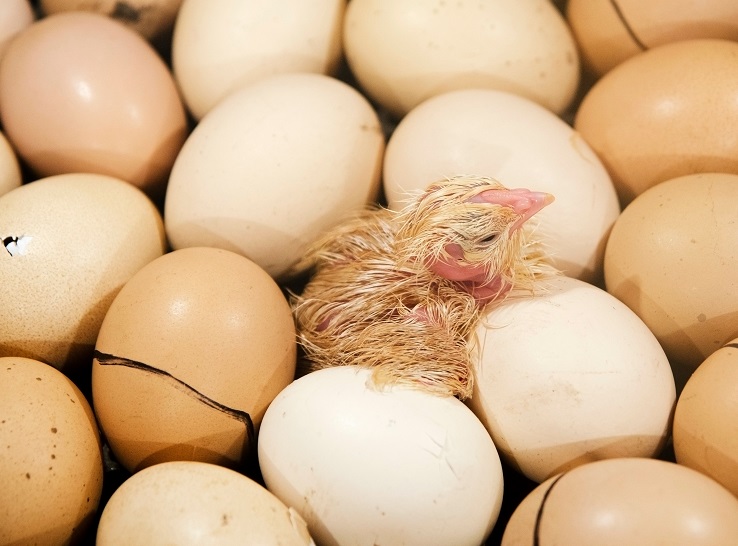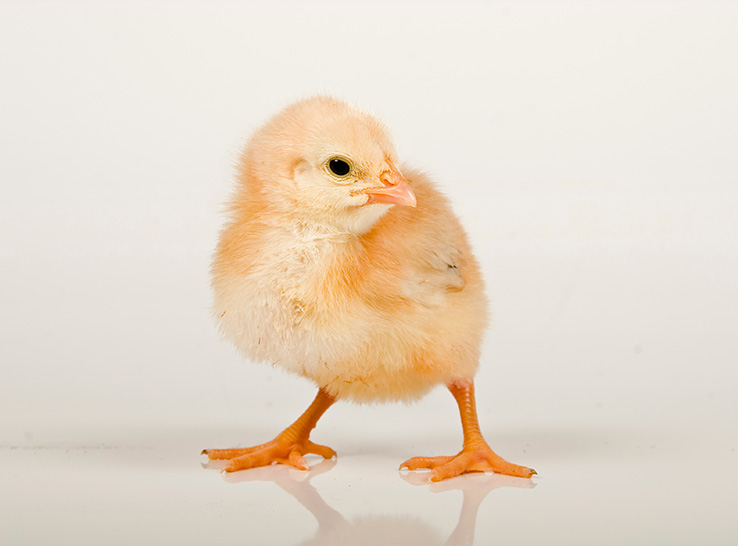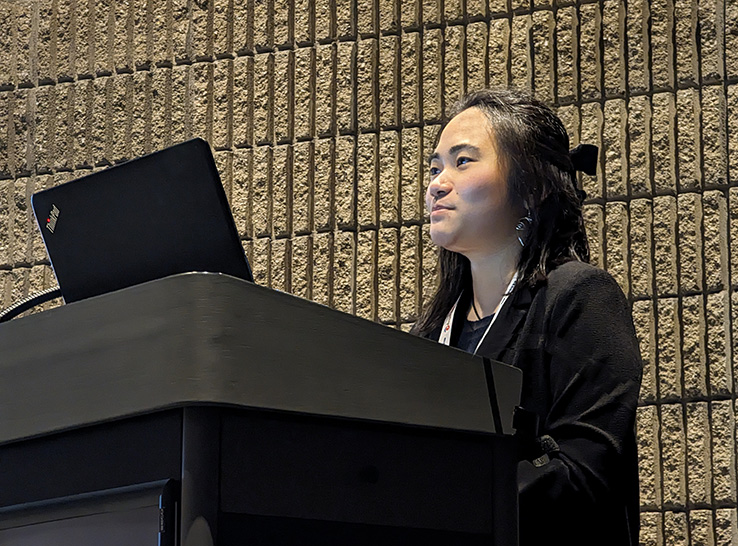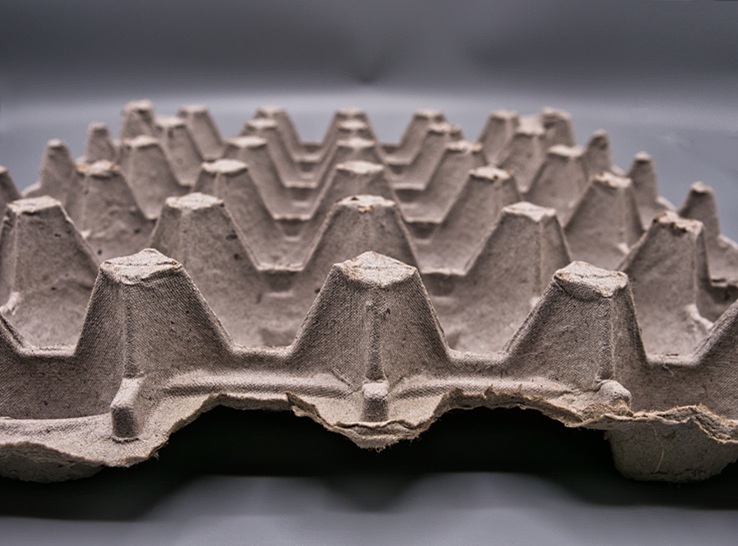USDA’s Agricultural Marketing Service estimates that two-thirds of laying hens in the US will need to be in cage-free production by 2026 to meet the projected demand, but the practice requires considerable planning by producers. Besides installing new equipment, producers also need to understand how a pullet’s brain develops to ensure a smooth transition.
Understanding how pullets’ early development and housing impact their successful transition to a multi-tiered egg-laying aviary and improve their performance was the subject of a recent report from the Poultry Extension Collaborative, “Pullet rearing: Preparing laying hens for a cage-free environment.”
According to the report’s lead author — Allison Pullin, PhD, assistant professor of animal welfare at North Carolina State University — an aviary where feed, water, nests and perches are available on tiers requires hens to have cognitive abilities to process spatial information and be physically skilled at vertical and horizontal movement. These abilities must be developed as pullets mature.
Pullet development
She says newly hatched chicks respond to “local spatial cues,” enabling them to discriminate between food and nonfood items and follow moving objects. Around 11 days old, the right hemisphere of the brain becomes dominant and spatial memory develops, enabling chicks to remember the location of resources. At this time, chicks begin to process a larger picture of how structures relate to each other and their resources.
With this improved recognition and increased understanding, behavioral changes follow. By 14 days old, pullets are using perches, gradually moving higher as they age. The design, angle, perch material used and stability of perches all influence this behavior development, Pullin says.
Muscle and skeletal development are also occurring during this time. Ascending and descending from perches enhances wing and breast muscles, and structural bone development is improved with increased exercise as well. All these physical changes prepare birds for multi-tiered environments.
Rearing chicks in multi-tiered environments enables them to learn their food, water and resources are located on platforms and become skilled at navigating between levels, Pullin says.
Laying impacted by rearing
“When pullets are NOT provided with opportunities to develop spatial abilities during rearing, they do not successfully acclimate to spatially complex laying environments,” Pullin explains.
“Many producers report a spike in mortality for the first few weeks after pullets are placed in cage-free environments,” she notes. “Mortality is predominantly due to birds not being able to locate or reach food on elevated tiers, and collisions or falls may result in injuries as birds attempt to navigate between perches and platforms.”
Reduced use of elevated structures, collisions with structures, less muscle development, keel bone fractures, higher cloacal cannibalism, more eggs laid outside of nests, increased fear and reduced spatial memory have all been reported in pullets not given access to perches and ramps and not reared in aviaries.
Improving performance in aviaries
To improve hen performance, it’s crucial to prepare birds, acclimating them to these cage-fee aviaries and monitoring them for the first 2 weeks, Pullin says.
The report states a smooth acclimation includes:
- Developing pullets’ spatial abilities by rearing them in a multi-tiered aviary similar to the lay house
- Promoting movement of birds on and off perches by walking through the layer flock several times each day for the first 2 weeks and encouraging roosting by moving birds on the floor to tiers when lights go off
- Adding ramps to assist movement to multi-tiered aviary
- Rearing pullets with access to elevated spaces
- Matching rearing environment to laying environment
During pullet rearing — the first 16 to 18 weeks of life — birds are developing their cognitive, musculoskeletal and behavioral abilities that impact their ability to use elevated structures. When not provided with tiered structures during development, hen behavior, health and egg-laying can be negatively affected, Pullin cautions.
“The shift toward cage-free environments is happening quickly. While we know that pullets need access to perches and to learn food is located on platforms, many specifics are unknown,” Pullin says.
At what age should pullets be provided with access to elevated structures, how many tiers are ideal in rearing environments and how the industry reduces mortality in cage-free aviaries are all questions that need to be addressed.
“We do know that rearing pullets in environments matching the laying environment, training laying hens when moved into a cage-free aviary and modifying layer-environment design to suit the bird’s ability improves their acclimation to a multi-tiered system and increases productivity,” Pullin explains.






